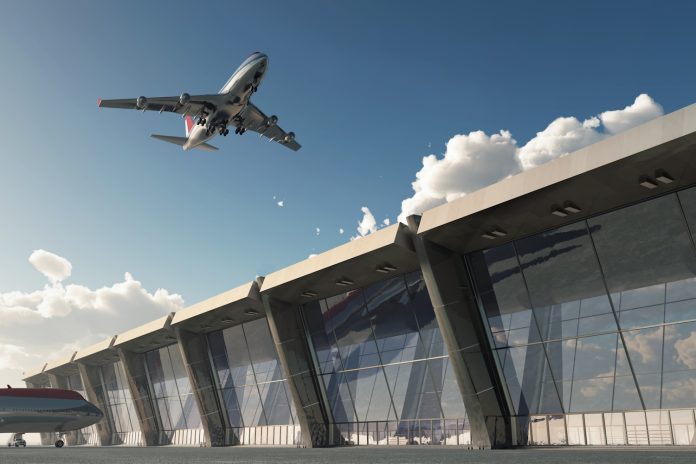Heathrow Airport has announced an ambitious £10 billion private investment plan, its most significant transformation in over a decade, aimed at delivering faster, smoother, and more sustainable journeys for passengers while reinforcing the airport’s role as a key driver of UK economic growth.
Unveiled alongside strong passenger figures, 39.9 million travellers in the first half of 2025, this five-year investment (2027–2031) is set to improve service levels, operational resilience, and capacity. The plan is fully funded through private capital, including a £2 billion equity contribution from Heathrow shareholders, and will not require public funding.
For the first time in ten years, Heathrow will expand terminal space within existing structures, adding the equivalent of 10 football pitches’ worth of lounges, restaurants, and retail areas. These upgrades are designed to accommodate up to 10 million additional passengers annually—a 12% boost in capacity—and increase cargo handling by 20%, directly supporting UK businesses and exporters.
This development also follows Heathrow’s recognition as Europe’s most punctual major airport in early 2025. In June alone, 7.3 million passengers were processed smoothly, despite minor traffic dips due to global disruptions.
The customer-led investment strategy was shaped by more than 120 hours of planning with airline partners and insights from over 2 million passengers. The result: a bold, measurable roadmap focused on operational excellence and customer satisfaction. Key performance goals include:
- – 99% of bags traveling with passengers
- – 80% of flights departing on time
- – 95% of passengers passing security in under five minutes
- – Enhanced services for travellers requiring additional support
- – 95% of passengers rating their experience as “good” or “excellent”
Beyond the passenger experience, the infrastructure programme includes the redevelopment of Heathrow’s Central Terminal Area, the demolition of Terminal 1, extension of Terminal 2, and a new southern road tunnel to improve access.
The investment will be delivered through a UK-based supply chain, with 60% of contractors based outside London and the South East, helping to create skilled jobs and bolster local economies nationwide during this Parliament.
Environmental sustainability is central to the plan. Heathrow aims to cut 3 million tonnes of carbon, 15% of its 2024 footprint, while maintaining 100% renewable electricity, improving recycling rates by 20%, and delivering noise insulation for 6,500 homes and 15 schools. Heathrow also plans to support one million people through local skills, education, and community programmes by 2030.
Efficiency targets include 6% cuts in operating costs and £500 million in capital spend savings. Even with this major investment, Heathrow’s airport charge will remain at £33.26—23% lower in real terms than in 2014.
Heathrow CEO Thomas Woldbye commented, “We’re making good progress on our strategy to become an extraordinary airport—having already become Europe’s most punctual major hub this year. But our ambition is higher. To compete globally, we must invest. Our five-year plan boosts resilience, delivers better service, and unlocks growth, all while keeping charges below levels from a decade ago. Backed by a UK supply chain and funded entirely through private investment, this project will create jobs, cut emissions, and keep Britain connected to the world.”
The Civil Aviation Authority (CAA) will now review Heathrow’s proposal. Pending approval, the airport is poised to begin delivering a future-focused transformation, one that elevates Heathrow’s position as the best-connected airport in the world and a global leader in passenger experience, innovation, and sustainability.
















